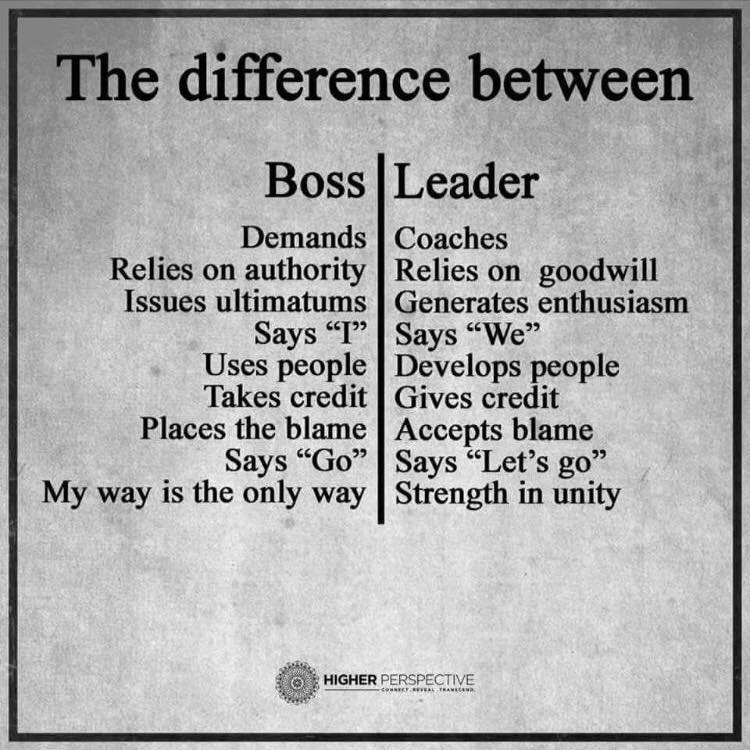By Thomas J. Lee
Bad leaders come and go even in the best of places and the best of times. No society is immune. Lately, however, bad public leadership has been rearing its ugly head seemingly everywhere. We have more bad leaders on the world stage today than perhaps ever before. Indeed, we’re living through a global pandemic not just of a virus but also of bad leadership in politics and public policy.
Leaders can be bad for either or both of two basic reasons: They want to do bad things, or they cannot accomplish good things in concert with the people they would lead. Wanting to do bad things is a matter of intent. The inability to do good things is a matter of competence. Either way, good things don’t happen, and people are worse off for the experience.
Bad leaders are thus either indecent or incompetent, or both. For the sake of color, let’s call the indecent leaders “crooks” (not that they’re necessarily criminal) and the incompetent leaders “clowns” (not that they’re necessarily funny). In countries near and far, we have rarely had so many crooks and clowns at one time in positions of public leadership.
You can judge for yourself. Just take out a piece of paper and draw a vertical line down the center and a horizontal line across the middle of the page. Label the vertical line Decent at the top and Indecent at the bottom, for its extremes. Similarly, label the horizontal line Incompetent at the left and Competent at the right. Bracket both lines with opposing arrows, so that each line is a continuum.
Together, the lines create a two-dimensional array for you to capture where, in your judgment, prominent leaders around the world are in terms of their decency and their competence. Leaders whose leadership is both decent and competent fall somewhere in the northeast (upper right) quadrant. Those whose leadership is indecent but competent fall in the southeast quadrant, and so forth around the whole diagram.
Now take the following list of twenty well-known leaders and mark their initials (in bold) anywhere on the paper to indicate where, in your judgment, each would fall with respect to both the decency and competence of their leadership (you can skip any leader you know too little about):
Jair Bolsonaro, president of Brazil JB
Justin Trudeau, prime minister of Canada JT
Xi Jinping, general secretary of the Communist Party of China XJ
Abdel Fattah el-Sisi, president of Egypt AFS
Emmanuel Macron, president of France EM
Angela Merkel, chancellor of Germany AM
Narendra Modi, prime minister of India NM(I)
Hassan Rouhani, president of Iran HR
Benjamin Netanyahu, prime minister of Israel BN
Shinzo Abe, prime minister of Japan SA
Andrés Manuel López Obrador, president of Mexico AMLO
Kim Jong-un, supreme leader of North Korea KJ
Rodrigo Duterte, president of the Philippines RD
Vladimir Putin, president of Russia VP
Mohammad bin Salman, crown prince of Saudi Arabia MBS
Bashar al-Assad, president of Syria BA
Recep Tayyip Erdogan, president of Turkey RTE
Boris Johnson, prime minister of the United Kingdom BJ
Donald Trump, president of the United States DT
Nicolás Maduro, president of Venezuela NM(V)
As much as possible, net out your own personal political orientation, and try to assess these leaders impartially and rationally. Let’s take a well-known former leader as an example: Theresa May of the United Kingdom. Regardless of your view on Brexit, you may believe that she was decent but incompetent—a “clown” but not a “crook” by our labeling—and accordingly you would write her initials somewhere in the northwest quadrant.
My guess is that the twenty initials on your scatterplot will cluster in or near the southwest quadrant—land of the crooks and home of the clowns—indicating that you regard many if not most of the leaders on the world stage today as both largely indecent and largely incompetent. Few will be in the northeast quadrant.
Why is that? I believe we can point to nine basic reasons. Together, they can shed light on our global pandemic of bad leadership.
First, democratic elections are vulnerable to oddity and celebrity. This phenomenon plays into the hands of wannabe leaders without the moral fiber or the gravitas to govern well. All else being equal, if you have seven candidates on a primary ballot, and six of them share a common denominator but the seventh is atypical, the six will split the vanilla vote and the seventh candidate may just prevail. Similarly, if you have one obscure candidate and one famous name on a ballot, the famous candidate has the decisive edge. It’s a fair bet that Sonny Bono, Al Franken, Arnold Schwarzenegger, Justin Trudeau, Lisa Murkowski, Donald Trump, Jesse Ventura, and most recently Volodymyr Zelensky, a TV comedian elected president of Ukraine, would not have ascended to high office had they not been famous from the start.
Second, although cynicism is certainly not new, we live in a time when it is fashionable in the extreme—so much that even the intelligent, informed, thoughtful candidate is derided as just another greedy politician. A broad brush of cynicism effectively minimizes the real and important differences between and among prospective leaders; it creates a false equivalence in their decency and competence. While we certainly have ample evidence to justify a surly mood, we need to remind ourselves that rampant cynicism is corrosive to democracy. We would all do well to remember an old TV ditty for Brylcreem: “A little dab’ll do ya.”
Third, yawning differences in income and education have brought us to an age of populism, in which the fears and anxiety of the masses hold sway, and in which the public is especially vulnerable to demagoguery. By its very nature, populism sows the seeds of unrestrained, impulsive emotion on the part of leader and led. It is an open invitation for both the crooks and the clowns to do what they do best: play on popular passions, especially fear and anxiety. Demagogues of the left or the right know that people often believe what they want to believe rather than what they can see to be manifestly true. The demagogue feels free and emboldened to lie, even brazenly. Moreover, history shows that the bigger the lie, the more likely it is to be believed.
Fourth, after decades of shortening attention spans, an appeal to identity is supplanting an appeal to self-interest, pride, or thoughtful deliberation on substantive issues. Voters (and people in general) see themselves in terms of their nationality, religion, ethnicity, race, residence, education, or sexuality. A politics of identity is a kind of shorthand or code that appeals to large swaths of them, and it’s a lot easier than the long grind of day-to-day, door-to-door politicking. It works because people need cohesion with one another and, like birds of a feather, they flock together. To the extent the group further identifies with a leader, it can surrender its independent judgment. In Escape From Freedom, Erich Fromm argues that people so value a sense of belonging to community that they are quite willing to sacrifice even their own freedoms. Identity politics takes us down that dangerous path.
Fifth, the double whammy of social media and technology (I’m thinking here mainly of Photoshop and its kin) are easily exploited by control freaks, narcissists, and paranoid schizophrenics to manipulate public opinion and subvert opposition and democratic processes that hold leaders accountable. Their zeal and drive can overpower the reasoned appeals by educated, discerning people.
Sixth, those educated, discerning people often take smug satisfaction in winning the debate (over the climate crisis, or abortion, or immigration, or whatever) while their opponents, who are both less intellectual and more combative, are zealously striving to win control, to exert brute power, and thus to prevail on policy at almost any price. That plays out in all kinds of shenanigans, from refusing to vote on a legitimate Supreme Court nominee to relying on gerrymandering or ballot-box chicanery for political control.
Seventh, those same elites are often so cloistered in their comfort that they lack empathy for others—or even much communication with people outside their own social cocoon. That morphs into condescension toward people who lack their education and good fortune in life, and that offends and repels people on the outside looking in. They in turn rebel by voting for demagogues. Thus the educated elites can wind up with the exact opposite of what they were hoping for, and they don’t understand why.
Eighth, as we have seen in food fights over the climate crisis, the minimum wage, vaccinations and GMO groceries, there’s a widespread prejudice for ideology over empirical evidence. Experts can be armed with all the results of double-blind studies and regression analyses, but if they are unable to communicate, their work will be in vain. Fact-based policy loses out, and an ideologue’s ignorance and bias prevail. I happen to be affiliated with The University of Chicago’s acclaimed Harris School of Public Policy, known worldwide for its emphasis on research-driven policy prescriptions. If only more policymakers would pay attention to facts and reason!
Ninth, legislatures in partisan alignment with an executive are all too willing to forgo checks and balances that hold executives accountable. Because of that, they attract leaders who are insecure and disdainful of accountability. Not only does accountability—to a boss or a board of directors or an electorate—hold people within certain boundaries, it imposes a floor on a leader’s behavior. Without accountability, there are no fences and there is no floor. That’s dangerous, perhaps even existentially so. But even as we speak, the crooks and clowns have their shovels out, and they’re digging ever deeper.
Is there hope? Yes. There always is. But I fear we are in a trough, and it may be a while before we find our way out of it.


























